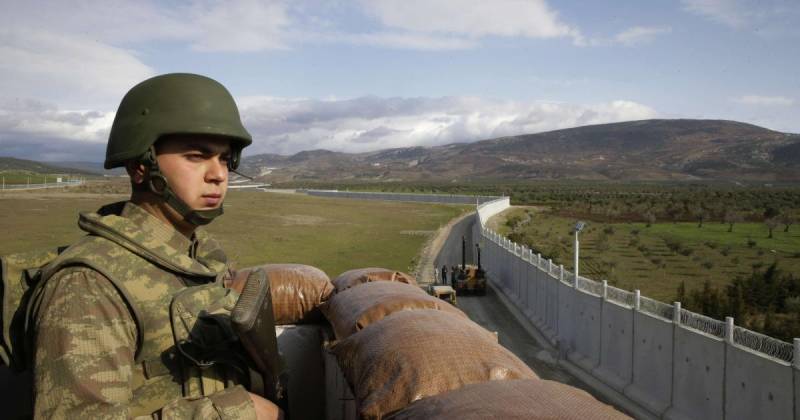Seventeen years ago, I first saw Nusaybin, a predominantly Kurdish city on Turkey’s border with Syria. I was on my way to Qamishli, the town just across the frontier in Syria. This was when the Turkish state declared the state of emergency in that region, and it was not easy to cross the border.
After a lengthy discussion with the border officers, we had to leave our car on the Turkish side and proceed with a car sent to pick us up by the head of Qamishli’s Chamber of Commerce.
I could see Qamishli from the border behind the barbed wire fences and land mines and thought of the meaninglessness of borders while travelling to downtown Qamishli for the first time. Qamishli is really a continuation of Nusaybin, with its bazaars, markets, houses, streets and of course its people. Almost everyone in Qamishli has a relative living in Turkey.
As a matter of fact, the governor of Qamishli at that time was the cousin of the mayor of Mardin, in southeast Turkey. The border, the barbed wired fences and mines were separating relatives, cousins and even siblings.
Later I visited Nusaybin and Syrian Kurdistan frequently. Many times I gazed at the wire fences on the border, the train line right next to it, and the mined area that divides the people. I always found the separation upsetting.
Despite the physical division, in the minds of the Kurds living in Turkey and in Syria, the land has never been divided.
Kurds for the last 100 years have called the Turkish side SerXet (above the railway line), and the Syrian side BinXet (below the railway line). I used to feel so close and so far away from both SerXet and BinXet.
As we travelled along the border, we could see the oil wells in the canton of Cizire in northwestern Syria, known to the Kurds as Rojava. Before the Syrian war, the region was flooded with commercial trucks and border trade created jobs for tens of thousands of people.
Some people drove trucks, others served tea or sold goods. Sometimes the vehicles would queue for miles. Sometimes it would take four to five hours, or even a day, to cross the border.
Now there are no trucks and there is little traffic on the road. Nor one can see Rojava from the Turkish side of the border because of the new huge wall dividing the Kurds living on both sides.
Many years ago, when I visited San Diego for a civil society function, I had the opportunity to see both sides of the U.S.-Mexico border. On the U.S. side of the wall, there were shopping malls; on the Mexican side, the unemployed and poor Mexican teens were sitting right next to the wall or playing football.
Later, I heard the stories of Mexicans who had tried to cross the border through the desert and ended up dying on the way. That wall has destroyed countless peoples’ lives.
I saw a similar wall in Palestine later. In the summer of 1998, when I was visiting Palestine, Israel cut off the electricity and water supply to the West Bank because of a bomb attack in Israel.
My friend, a Jewish businessman, was trying to figure out a way to bring food and water to his starving Palestinian workers on the other side of the wall. He tried to find a way all night, but he could not. His workers were doomed to go without that month.
States and their walls have brought about so much separation, so much pain. Now Turkey, instead of clearing the landmines on the border, has built a huge wall separating families, brothers and peoples.
Turkey has built the third largest wall in the world on its border with Iran and Syria; 911 km of movable blocks, complete with 22 watchtowers.
Pro-government Turkish media is calling this wall the Turkish Great Wall; “The Turkish Great wall is almost completed. The wall, which will be the third longest after the Chinese Great Wall and American Mexican border wall, is instilling fear in our enemies’ hearts,” they said.
The so-called enemies are the brothers, uncles and aunts of Turkey’s Kurdish citizens.
While the Turkish state thinks it is building a wall between the Kurds, they are building a wall between themselves and their Kurdish citizens.
Turkey’s Kurds sometimes escaped to BinXet (below the railway line) to avoid persecution by the Turkish state. Sometimes they ran to SerXet (above the railway line) to dodge Syrian persecution. They escaped Saddam Hussein’s attacks by crossing the Iraqi border. But they have always found a way to tear down the walls, they have always found a way.
